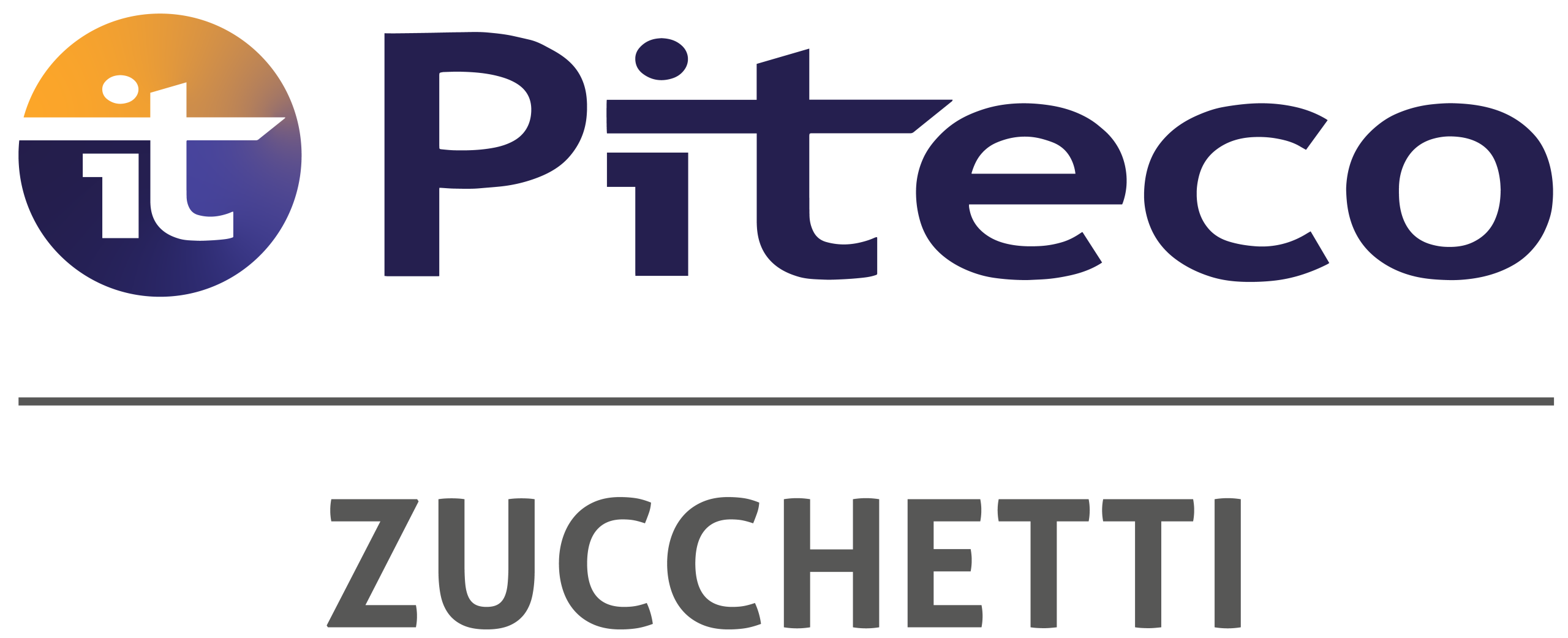Liquidity risk and risk of counterparty: management tools
Regulatory framework
For the purposes of effective risk management, the Company must adopt a system that includes the processes and procedures necessary to identify, monitor and manage the risks to which it is, or could be, exposed, as well as the interaction between them. It must therefore operate in a manner consistent with its strategic objectives, risk appetite and established tolerance limits.
The European and local regulatory framework is clear and includes:
⦁ Rules and criteria for measurement of the Solvency II solvency regime: European Directive 2009/138/EC ( Solvency II) and the related provisions for implementation;
⦁ Private Insurance Code (CAP), Legislative Decree no. 209/2005;
⦁ IVASS Regulation no. 24/2016 – “Regulation on investments and assets covering technical reserves”;
⦁ IVASS Regulation no. 38/2018 – “Regulation containing provisions on corporate governance”.
Liquidity and Credit risk in Treasury
As part of the multitude of risks envisaged by the standard Solvency II formula, the treasury of an insurance company has to manage the following on a daily basis:
- liquidity risk
- the risk of (bankruptcy of the) counterparty.
In practice liquidity risk management conditions the Treasury management processes, as the latter must ensure that the Company always has sufficient resources available to meet its liquidity obligations and needs, including obligations towards policyholders, both under routine conditions and in stressed scenarios.
Concretely, liquidity management means:
- ensuring the availability of liquidity at all times;
- ensuring that obligations and liquidity needs (dividend payments, interest, payment of claims or salaries) are always satisfied, in line with the defined risk tolerances;
- undertaking to minimise operational costs (e.g. the cost of transferring excess liquidity and bank fees), thereby generating an additional interest yield.
The operational flexibility that we have obtained with the tools that Piteco has created for us helps the company ensure compliance with the Solvency Capital Requirement on an ongoing basis
Franco Muzzolon, Head of Treasury Gruppo Helvetia Italia
The intraday update of daily balances
For this reason it is necessary to have effective and efficient tools for analysing cash flows, in order to manage the available liquidity at all times.
In this context, the Helvetia Italia Group Treasury has recently introduced a change in its update channels.
The management of SWIFT MT942 messages has been added to the classic and established channel of Interbank Corporate Banking. Several times a day, from 11 to 15, Piteco offers us an automatic scheduled update of the Company’s daily liquidity balances.
As a result of this innovation, the management of the liquidity reserve under stressed conditions (the so-called liquidity buffer) has significantlhy improved, ensuring greater visibility for the Treasury and consequently a more refined ability to react to unexpected outflows.
With specific regard to the subject of risk concentration, on the other hand, all risk exposures that involve potential losses large enough to erode the company’s solvency or financial position are included in this definition: market risk, concentration risk and risk of (bankruptcy of) the counterparty.
More specifically, the maintenance of an adequate level of diversification between counterparties is assessed ex post as part of the quarterly counterparty risk monitoring analyses.In fact, Risk Management monitors, on a quarterly basis, the effects of liquidity management on the Solvency Capital Requirement Counterparty Default, both in terms of the total amount of liquidity balances and in terms of diversification between counterparties and by rating.
In principle, with reference to concentration by counterparty, the selection is made by preferring those with good creditworthiness and by adopting operating limits of maximum allocation for counterparties or groups of counterparties, thus helping to ensure an adequate level of diversification.
These limits, defined by local investment policies and Group-wide Risk Management, have been analysed and Piteco has created a new report for us for checking on compliance with or violation of them.
Through ex-ante monitoring of compliance with these limits as a result of the intraday update, today the Helvetia Group Treasury is able to appropriately allocate liquidity, thus minimising the risk of possible violations of corporate policies.


